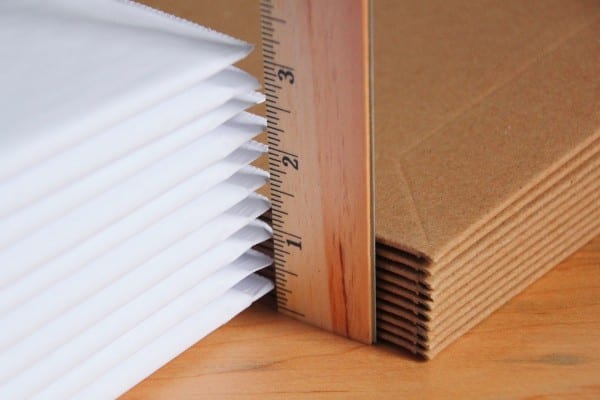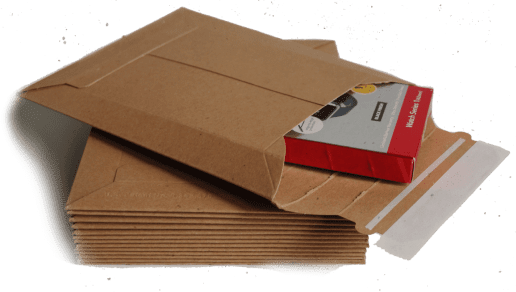Until recently, if you shipped a carton under three cubic feet, none of the carriers cared much about your box size – it was all about weight. Today, the major carriers have wised up – they want smaller packages so that they can fill trucks and fill planes. The carriers have adjusted their rate structures to reward small, denser packages, and conversely, penalize shippers for sending oversized, mostly empty boxes.
Small parcel pricing is now based on dimensional weight. DIM weight is a pricing technique which uses an estimated weight calculated from the length, width and height of a package. Both UPS and FedEx rates are based on the higher of a) price by weight, or b) price by cubic volume.
Let’s run the numbers on a typical shipment I received just last week – a pack of 20 small batteries. I received my Amazon order in a small carton measuring 7.25” x 10.25” x 5.25” weighing under 1 pound.
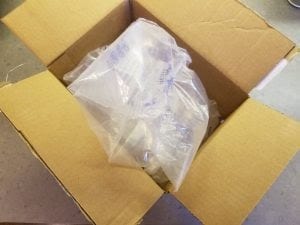
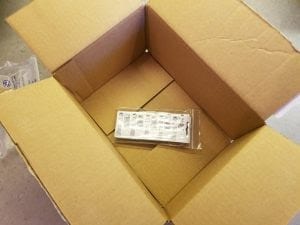
Let's Break It Down
Now running through the DIM weight calculations used by both UPS and FedEx, I multiply 7.25” x 10.25” x 5.25” for a total of 390 square inches. Divided by the UPS/FedEx divisor of 139 I get a DIM weight of 2.81 pounds, which is rounded up to 3 pounds. Since the 3 pound DIM weight is greater than the under 1 pound actual weight, the package ships at the 3 pound rate.
Shipped from Kentucky to a residential address (surcharge), the UPS Ground rate would be $13.71. Shipped FedEx Home Delivery, the rate would be $10.41.
Now here’s where things get interesting. The box of batteries I received was mostly empty! Had the packet of batteries been packaged inside a Best Mailer, by Conformer, measuring 7” x 9” x 1” thick, the UPS Ground rate would be $12.00, a 1 pound rate, or via FedEx for $9.42.
Peeling that onion a bit further, had the Amazon A3 carton been shipped via USPS Commercial Plus Cubic the rate would be $5.22. If they shrank down their DIM size using a Best Mailer by Conformer the rate would be $4.58. Rates for Priority Mail Commercial Plus Cubic can be found here, and the USPS guidelines are here.
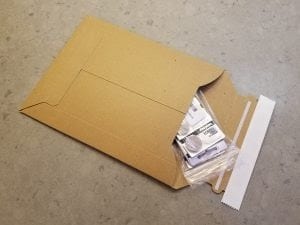
One step further – it turns out Amazon shipped my package using the USPS Lightweight Parcel rate designed for packages under 16 ounces. My battery box was 13 ounces. Depending on how finely Amazon sorted shipments, the rate they paid would have been between in the $3 – $4 range. Had Amazon downsized their over-sized box for a Best Mailer, by Conformer, package weight would have dropped from 13 ounces down to 4 ounces, saving them an additional $0.79. Lightweight Parcel rates can be found here. Further product info here.
Key Takeaways
1. Make packaging as small as possible.
In nearly all cases, smaller packages get lower rates, and smaller packages are almost always lighter. Lighter packages receive even lower rates.
2. If your shipments are under 1 pound, take advantage of USPS Lightweight Parcels
The rate is per ounce – cubic inches are irrelevant, so make your packaging as light as possible.
For a further breakdown of rate savings and samples of Best Mailer, by Conformer, email support@conformer.com or check out our Mailers!




